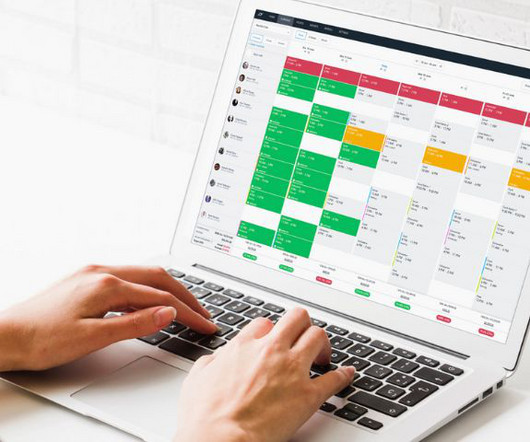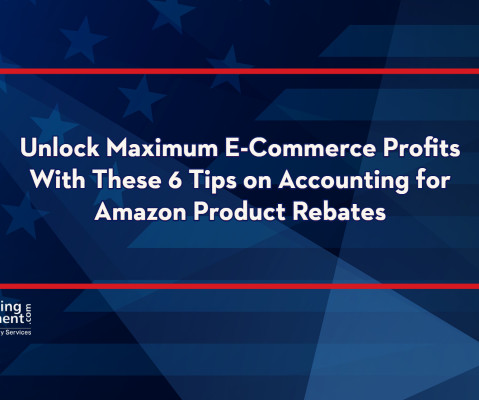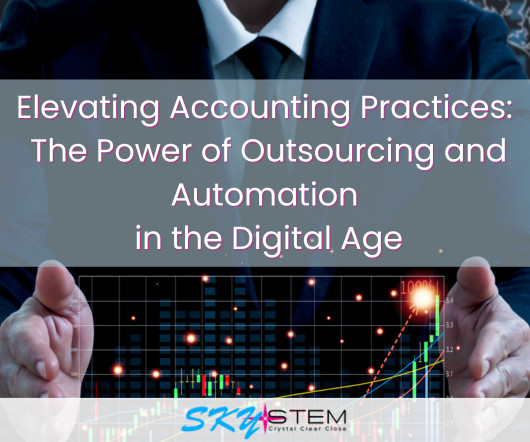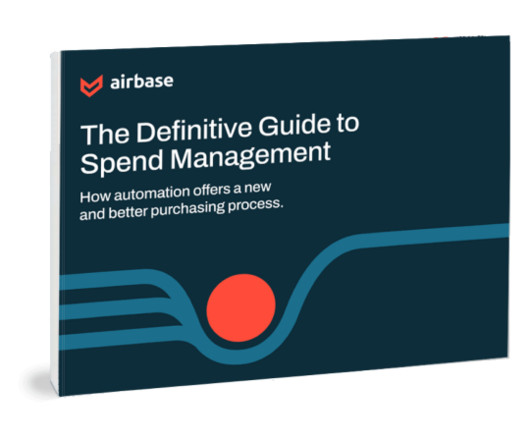Planday has arrived in Australia. Is it right for your business?
Xero
MAY 1, 2023
Managing people is one of the biggest challenges faced by small businesses. The complexity of payroll obligations makes this even more of a burden. In fact, last year we surveyed small businesses across Australia and found that 37% were worried they would accidentally pay their staff incorrectly. To ease the burden on employers, we’ve introduced an online workforce solution: Planday.


































Let's personalize your content